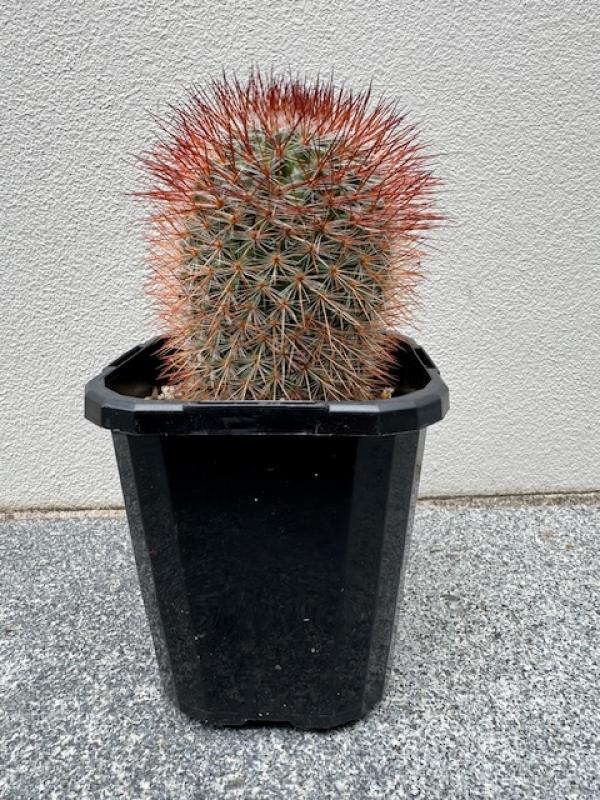


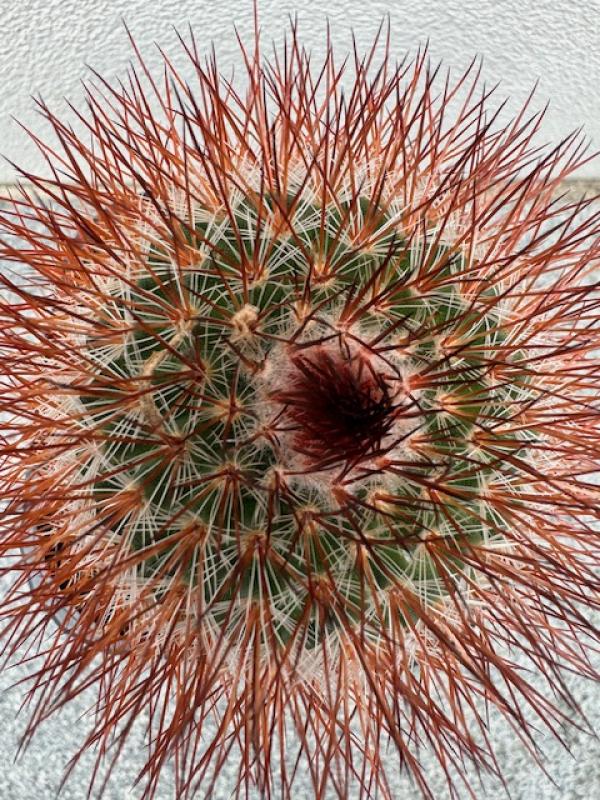
| Latin Name: | Mammillaria spinosissima |
| Common Name: | N/A |
| Cultivar: | N/A |
$ 15.00 AUD
More from the store
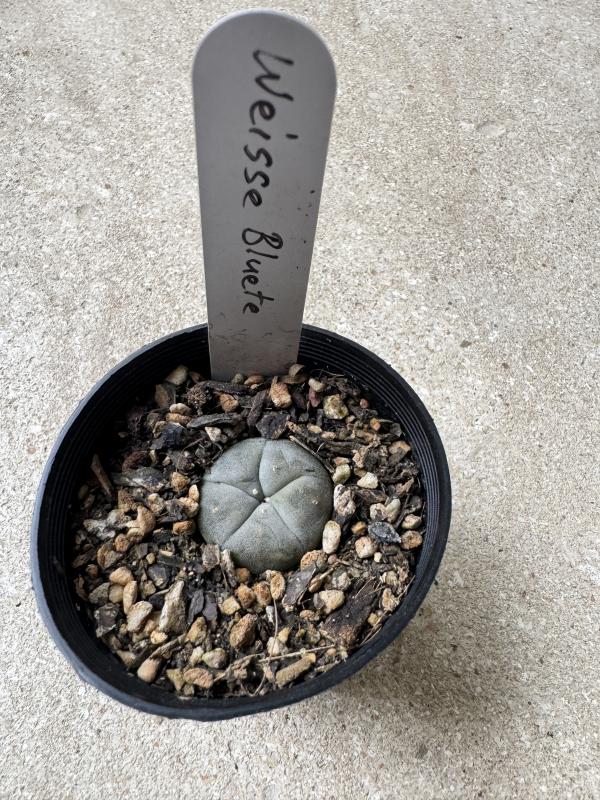
Lophophora williamsii var Weisse Bluete/Lophophora williamsii weisse bluete
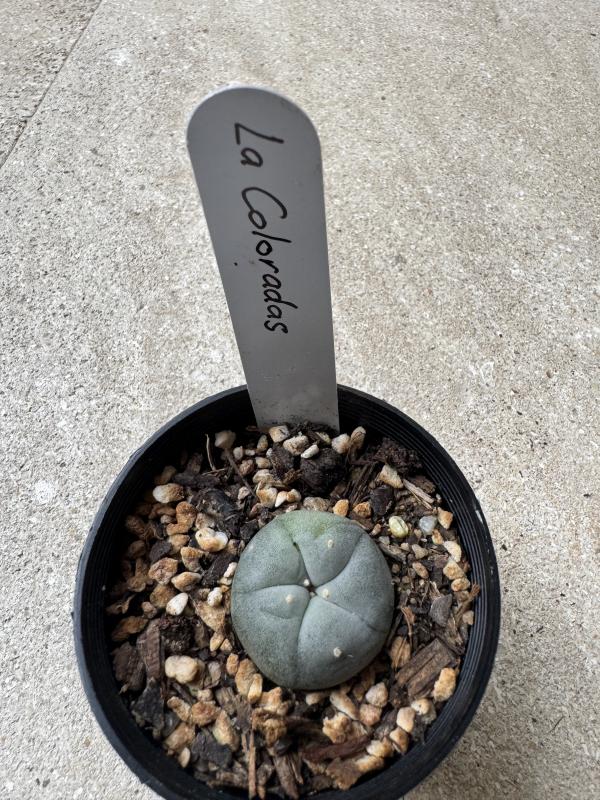
Lophophora williamsii var La Colorados/Lophophora williamsii
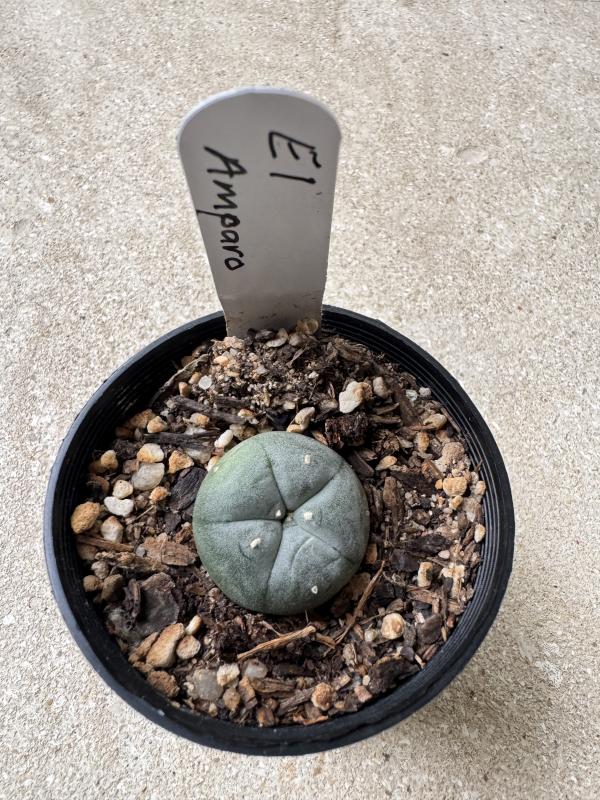
Lophophora williamsii var El Amparo/Lophophora williamsii
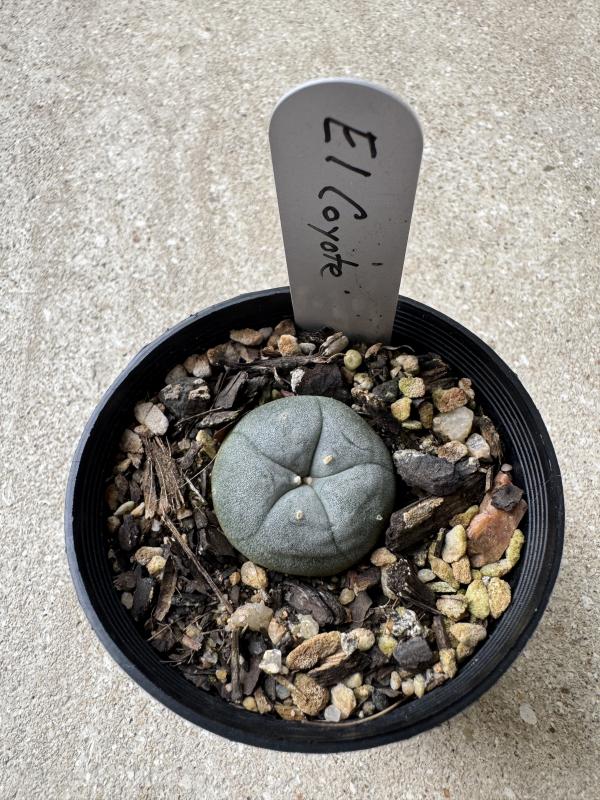
Lophophora williamsii var El Cayote/Lophophora williamsii
You will receive the actual plant or similar. It is shown in 90 x 90 pot.
Cultivation and Propagation: Mammillaria sponosissima is an easy to grow cultivar, just as a classic cactus, don't requires any special treatment, but need as much light as possible without burning the plant to encourage the heaviest spine formation. It is a great starter plant for the cactus grower, that readily builds up into a cluster of stems highlighted by reddish spines, further decorated by rings of purple-pink blooms.
Growth rate: It is a rapidly growing species. It offset from the base and can fill a 25 cm pot in just a few years given the best conditions.
Soils: It likes very porous standard cactus mix soil with little organic matter (peat, humus).
Repotting: Repotting every 2-3 years. As it is prone to rot under-pot in a smaller container filled with very porous compost. Use pot with good drainage.
Watering: Water regularly in summer, but do not overwater (very wet-sensitively, especially in light of its succulent root system). Its roots are easily lost in pots that stay damp for any length of time. Keep dry with ample airflow in winter. In the rest period no high atmospheric humidity!! Care must be taken with watering as they tends to become swollen and untidy in growth habit if given too much water and shade.
Fertilization: During the growing season enrich the soil using a fertilizer rich in potassium and phosphorous, but poor in nitrogen, because this chemical element doesn’t help the development of succulent plants, making them too soft and full of water.
Hardiness: It is quite frost resistant if kept dry, hardy as low as -5° C (some reports give it hardy to -12°C). However some warmth throughout the year will increase the grower's success (minimum 5° to 8°C during rest season).
Exposition: Outside bright sun, filtered sunlight or afternoon shade, inside it needs bright light, and some direct sun. Subject to sunburn if exposed to direct sun for too long. Tends to bronze in strong light, which encourages flowering and heavy wool and spine production.
Uses: It is an excellent plant for container growing. It always looks good and stays small. It look fine in a cold greenhouse and frame.
Traditional uses: The white, hooked spines of this spherical cactus were used as fish hooks in its native Mexico.
Pests & diseases: It may be attractive to a variety of insects, but plants in good condition should be nearly pest-free, particularly if they are grown in a mineral potting-mix, with good exposure and ventilation. Nonetheless, there are several pests to watch for:
- Red spiders: Sensitive to red spider mite. Overhead watering is helpful in controlling mites.
- Mealy bugs: Occasionally mealy bugs they develop aerial into the new growth among the wool with disfiguring results, but the worst types develop underground on the roots and are invisible except by their effects.
- Scales: Scales are rarely a problem.
- Rot: Rot it is only a minor problem with cacti if the plants are watered and “aired” correctly. If they are not, fungicides won't help all that much.
Propagation: Direct sow after last frost or (usually) or division . Seeds germinate in 7-14 days at 21-27° C in spring, remove the glass cover gradually as the plants develops and keep ventilated, no full sun for young plants! The seedlings should not be disturbed until they are well rooted, after which they can be planted separately in small pots. Cuttings: wait until the offsets that appear at the base of old clustered specimens are 1/3 the size of the parent and then detach and plant. Cuttings will take root in a minimum temperature of 20° C (but better in hot weather). Cuttings of healthy shoots can be taken in the spring and summer. Cut the stem with a sharp, sterile knife, leave the cutting in a warm, dry place for a week or weeks (depending on how thick the cutting is) until a callus forms over the wound. Once the callus forms, the cutting may be inserted in a container filled with firmed cactus potting mix topped with a surface layer of coarse grit. They should be placed in the coarse grit only; this prevents the cut end from becoming too wet and allows the roots to penetrate the rich compost underneath. The cuttings should root in 2 to 6 weeks.
Care Instructions
Follow these detailed care instructions to keep your Elkhorn Fern thriving:
Mounting
Elkhorn ferns are epiphytic, meaning they naturally grow attached to trees. For best results:
- Mount on wood, cork, or similar materials
- Use sphagnum moss around the roots
- Secure with fishing line or plant-safe wire until established
Watering
Proper watering is crucial:
- Soak the root ball and shield fronds thoroughly when the moss feels dry
- Allow excess water to drain completely
- Reduce watering in winter
- Mist shield fronds occasionally
Light & Positioning
Place your fern where it receives:
- Bright, indirect light
- Protection from direct sun, especially midday
- Good air circulation
Shipping Information
We ship every Tuesday. All orders must be received by Friday of the previous week.


